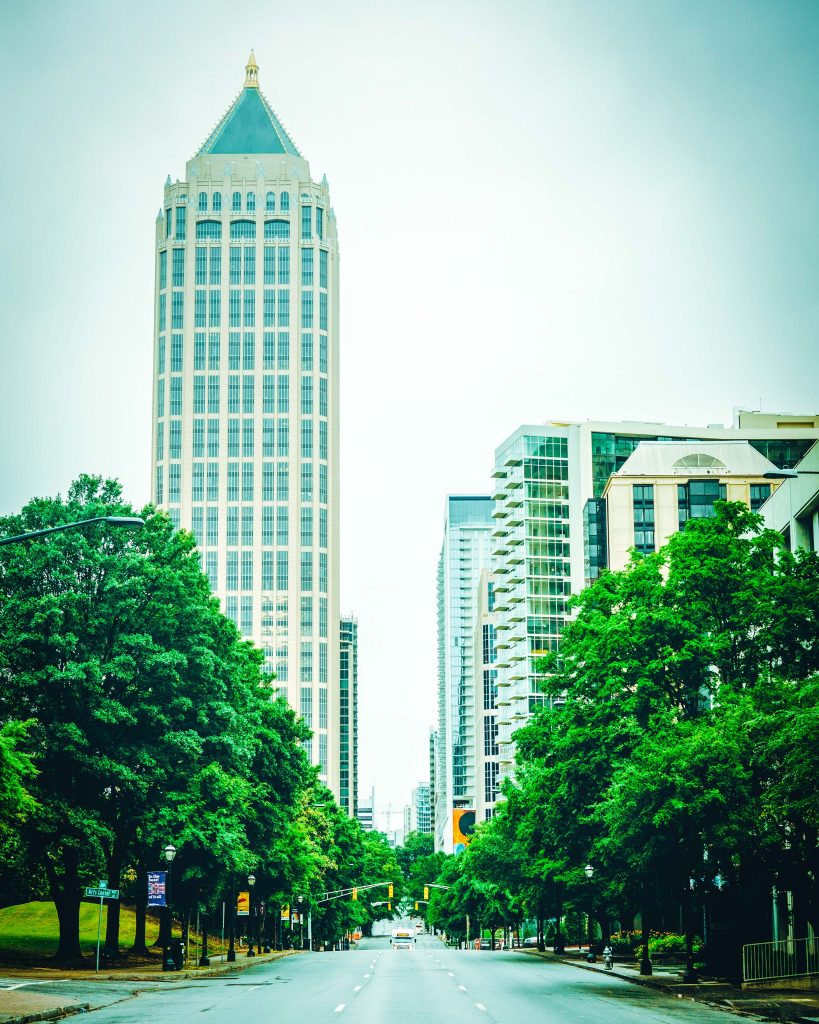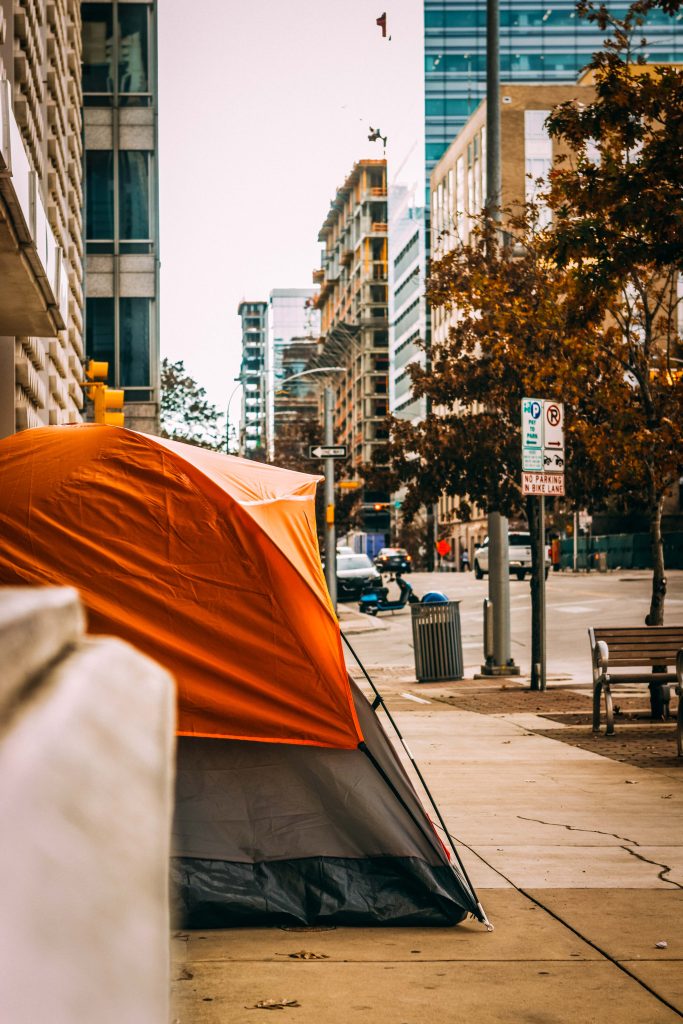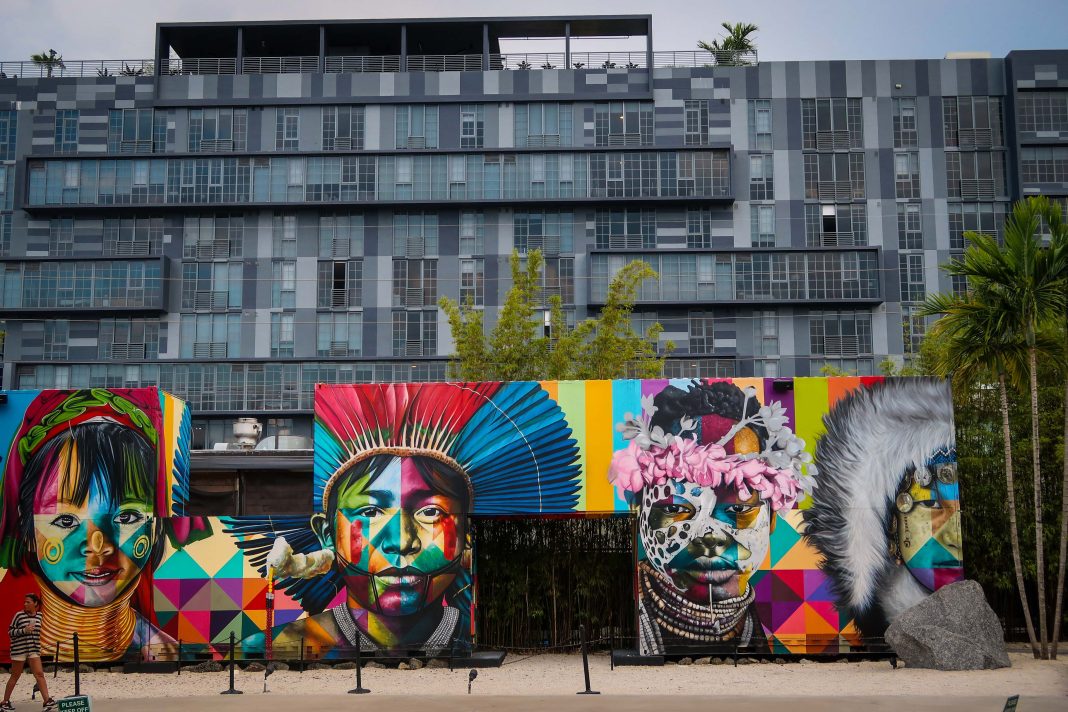Lately, it seems ‘climate justice’, ‘eco-gentrification’, and ‘green gentrification’ are the most used terms in the realm of sustainability. Whatever the phrase, gentrification is not an easy matter for discussion. Why that is the case, its consequences, and how to tackle it, Stephen Wheeler explains.
Temperatures in affluent and less-affluent neighbourhoods vary. The latter, lacking in green spaces, even tend to be up to 4 degrees Celsius hotter. This naturally represents a huge issue as many suffer, get sick, and even die because of the heat – so, why isn’t more done about it? Well, the solution is unfortunately not that simple.
We talked to Stephen Wheeler, Professor in the Landscape Architecture Program of the Department of Human Ecology at UC Davis and author of many books, such as Climate Change and Social Ecology: A New Perspective on the Climate Challenge and The Sustainable Urban Development Reader. Throughout our conversation, Stephen explains why gentrification is an issue and how we can address it.

Why the Green Gap?
What does the number of green areas have to do with the status of a neighbourhood? It all comes down to the finances and components connected to it. A huge divide between the affluent and less affluent communities exists, showcasing two completely opposite worlds when it comes to greening landscape.

“Wealthy people tend to have bigger lots in cities, bigger yards, and they can afford to have gardeners and to have landscape designed. So there tends to be more vegetation on the property”, says Stephen. Wealthy neighbourhoods are more often than not connected with political power, resulting in procuring better street trees, better maintenance, and better parks. “And some of them may have been involved historically in civic activities to create parks or may have donated land historically”, Stephen explains further. Often, when a wealthy landowner creates a new subdivision, they will set aside land for historical parks, providing neighbourhoods with better green infrastructure from the get-go.
On the other hand, residents of less-affluent neighbourhoods are often merely surviving. They are usually renters and don’t have the incentive or opportunity to upgrade the landscape.
Temperature Fluctuations
“Vegetation is one of the biggest things that affects temperatures”, acknowledges Stephen. However, in places like the southwestern US, cities are dealing with drought. Merely having green lawns does cool the city, but it does not provide the needed shade, to allow the people to escape the heat – and it takes a lot of water to maintain it. It’s easy to plant a tree, it’s harder to maintain it. Many residents, sadly can’t afford to keep them alive and healthy, especially when the whole area is struggling with water shortage.
“The challenge is to find shade trees that are climate adaptive, that don’t need much water”, points out Stephen.
Responsibility of Provision
So, if private landowners fall short on greening their properties, who then should provide green areas for citizens? Stephen thinks it’s the responsibility of the public.
Governments, non-profits, and civil society all play a role. A good example: the most recent Sacramento bill proposes a new programme, called The Trees for Residential Energy and Economic Savings Act, which would “create a new program in the U.S. Department of Energy that would invest $250 million over the next five years to plant thousands of trees in residential neighbourhoods across the country”. It’s certainly a start.

However, higher areas of coverage of green spaces doesn’t necessarily help either; the danger of it is green gentrification.
(Green) Gentrification
The term green gentrification describes the process of implementing an environmental planning agenda that later leads to the exclusion of minorities or less affluent residents. Put simply: neighbourhoods get improved and greened, rents get higher, and residents of a lower financial status are consequently forced to relocate.
“Gentrification is a systemic problem; there is not just any one factor causing it. And it is rooted in the deep inequalities in our societies.”
As Stephen explains, gentrification is a consequence of an unequal amount of focus being given to decent-paying jobs and not enough to affordable housing. It’s a deeper reaction to structural inequality.
“Gentrification is a symptom; it is not the problem in itself. It is a symptom of underlying systemic inequality.”
The way to confront the gentrification problem is to address these inequalities, to raise the welfare of the bottom half of the population through increasing basic wages and providing social security. One step further would be to end the “extreme concentration of wealth on top”.
Sounds great, so where’s the catch?
“Societies are structures of power. And power tends to correlate with wealth and with economic institutions”, emphasises Stephen, further explaining that these change the mindsets of people in a way that they start rationalising their privilege, further adding to the gentrification issue.
That being said, Stephen points out that “gentrification is not really the core issue. The core issue is displacement”. Gentrification in itself is not bad but the outcomes that come with it are. Fixing up the neighbourhood, adding various amenities, and bettering buildings is not bad – what’s bad is the displacement of existing residents and the loss of their culture.

Awareness-Raising
It’s no secret, residents with access to more, quality green areas tend to be happier, healthier, and feel fewer shocks of climate change. Not only that, but neighbourhoods with more income have more opportunities to use sustainable transportation safely and freely – in comparison to lower-income ones, where the fear for safety is one of the factors stopping them doing so. This naturally denies them access to the same health, social, and well-being components that wealthier neighbourhoods enjoy.
It’s important to talk about these things, no matter how uncomfortable they might make us feel. It’s important, because “life will not be pretty if we don’t”. To find a solution, we need to think across various disciplines, think across scales of action, think across timeframes, and across communities. We need “to acknowledge that emotional response, intuitive response is essential, as much as a rational one. Addressing our global problems is not just a technocratic exercise. It is an exercise of being whole humans and caring about things, having empathy, having compassion for others. We need to grow in those dimensions, individually and collectively”, argues Stephen.
Tackling the Problem
The ideal way to solve this issue would be to:
- equalise wages and address the core inequality,
- improve the social safety net for the least advantaged,
- address structural racism,
- provide everyone with access to housing, jobs, and other opportunities.
Greening is a component, a small one in the overall picture. However, “solutions depend on context”, and this is where planning sustainably comes into play: “Global needs for social equity and for climate protection have to be applied within the local context”, says Stephen.
To be able to scale and conquer these problems, Stephen advises future CityChangers to read and learn a lot, talk to people, and develop their own skills, own self-knowledge, and experience. “We need the world to have a more sustainable vision.” Who knows, maybe you could be the person behind the innovation.
What Lies Ahead

While Stephen is optimistic about solving the matter, he is aware it won’t be done in the short-term. “I think we will grow up as a species. The question is, how much will we suffer along the way?”
The good thing is, we started opening dialogues about it. We are addressing equity, which is one part of moving towards more sustainable societies, Stephen thinks.
“People are recognising that you can’t have a healthy society that’s just green – it also has to be equitable.”
We’re in This Together
Gentrification is certainly not a new phenomenon. However, we are gradually approaching a point where minorities suffer the most. Higher temperatures, the lack of green areas, culture loss, and having to move out because of increasing rents are just some of the problems modern city dwellers (particularly the less affluent ones) face. It’s going to take a collective mindset, everyone looking out for each other (and for the little guy, too) that is going to turn this situation around. The biggest challenge right now though is this: how do we get there?


